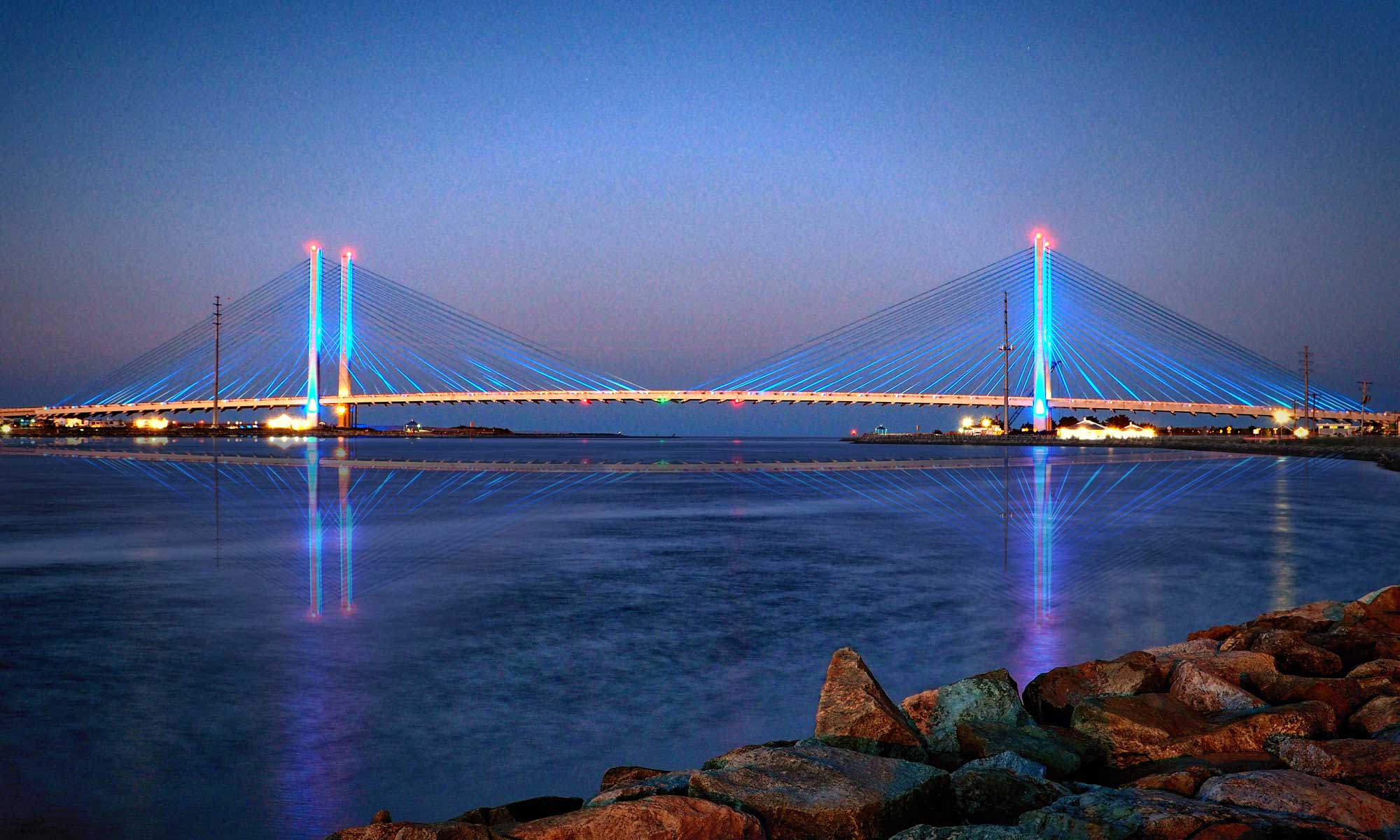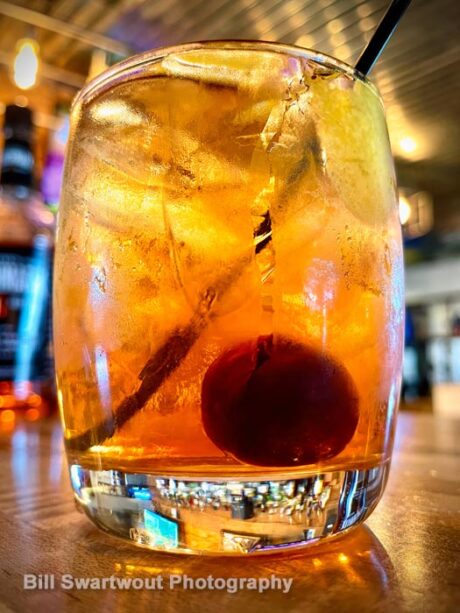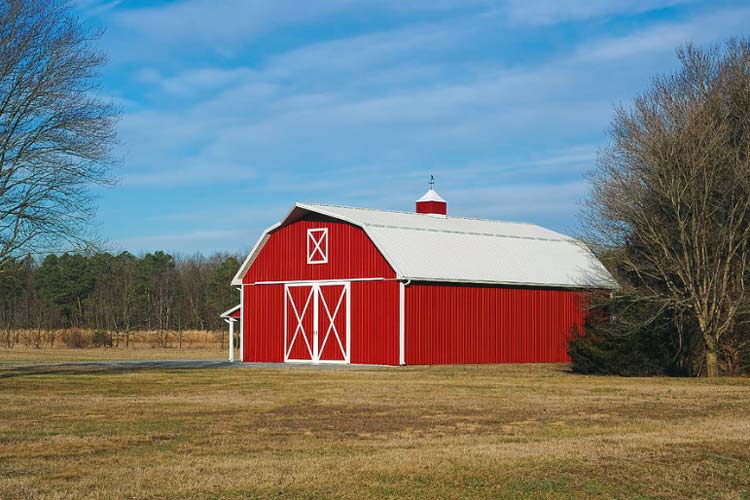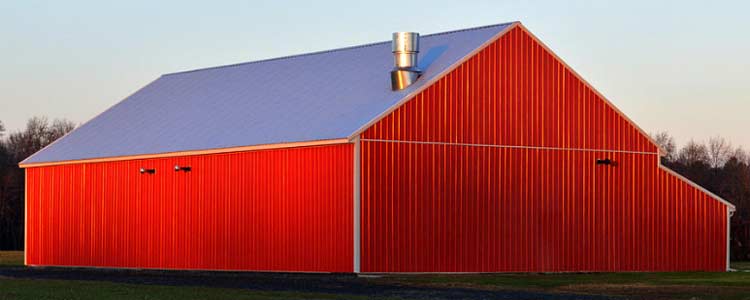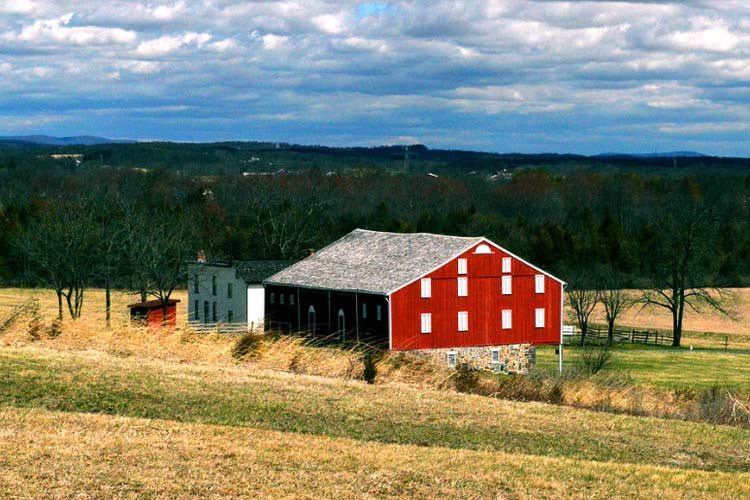10 years at Fine Art America and these are the most popular images.
I first joined Fine Art America/Pixels in late 2013 and with over 500 sales to date, here are some of the most popular photographs based on a mixture of sales, number of views, number of comments and people who have “favorited” and/or “liked” what they saw. Sales, however, are among the most prominent criteria. Each of the images below have been purchased more than twice, with some of them having been purchased more than a dozen times each.
Link to: Bill Swartwout Photography’s Gallery.
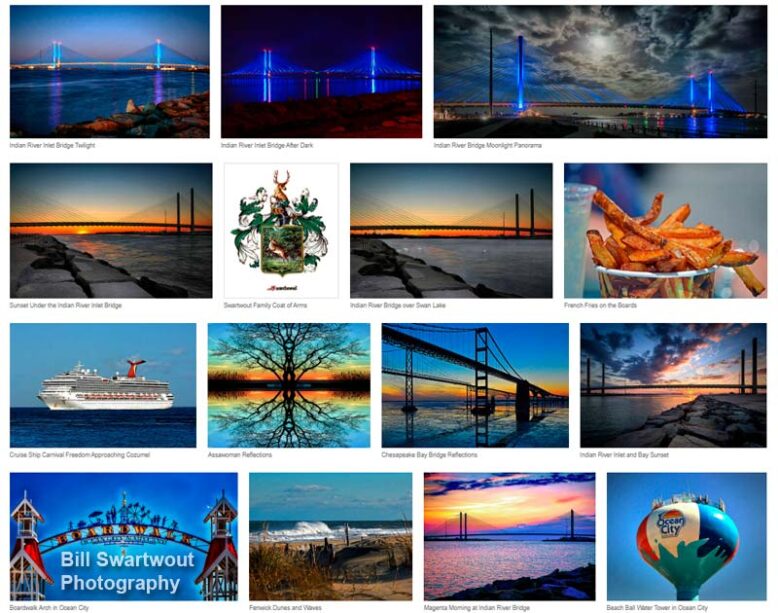
Is this my own arrangement of “popular” pieces? No, it is not. Fine Art America, one of my two main production companies, defined the selection algorithm, based on company criteria, for the image display order. It used to be solely up to the artist to determine the initial order and I formerly let the display order default to my most recent uploaded photographs. It remains that way in most of my separate collections. However, the change in general display order has had a positive impact on people viewing my gallery – they tend to browse longer and look at more photographs. I am also seeing an uptick in sales, which, of course, is a good thing.
I bill myself (yes, pun intended) as a landscape/seascape photographer, but it is easy to see that my seascapes win out over the landscape category. While I have sold something from each of the many collections in my FAA/Pixels private gallery, my most popular collections are 1) Indian River Inlet Bridge, 2) Ocean City Maryland and 3) Delmarva Peninsula Beauty. I am fortunate in that I live in coastal Delmarva (exactly two miles from the Atlantic Ocean) and in close proximity to both Ocean City, Maryland and The Indian River Inlet Bridge just north of Bethany Beach, Delaware.
I also live within a short drive to the Assateague Island National Seashore and the Wild Ponies of Assateague Island. My former home was in Baltimore, Maryland very close to Fort McHenry. These special places also give prominence to other collections relating to those destinations/topics – and have produced photographs purchased by many art collectors.
Thank You!
I would like to sincerely thank everyone who has supported my art photography over all of these years. Y’all rock!
Link to: Bill Swartwout Photography’s Galley at Fine Art America
Link to: Bill Swartwout’s Gallery at Pictorem (Free Shipping)
